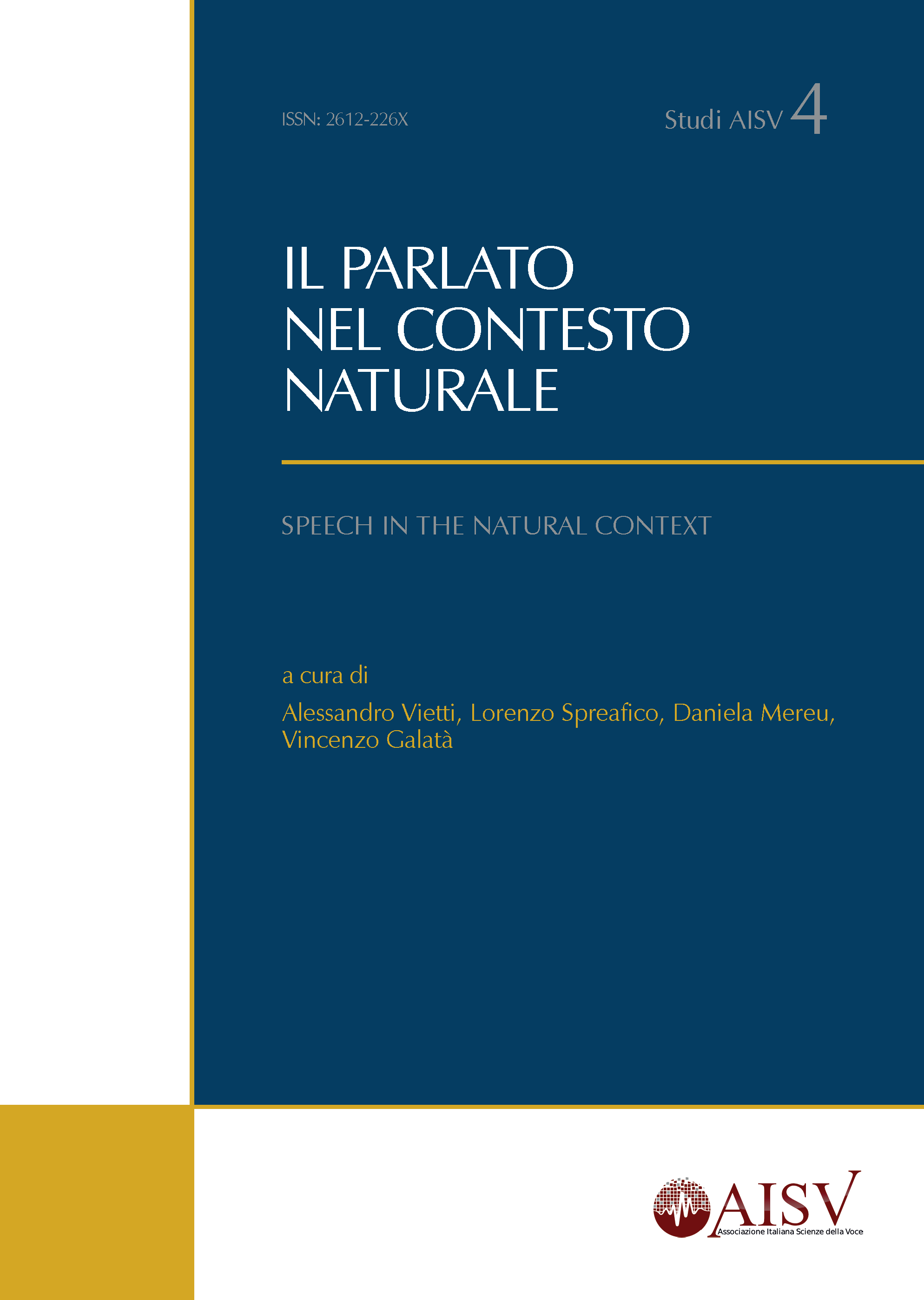Laryngeal tenseness and consonant system
The Armenian dialect of Gavar (Nor Bayazet)
DOI:
https://doi.org/10.17469/O2104AISV000007Keywords:
Armenian dialects, tense consonants, vocal tenseness, [±stiff vocal folds], [±slack vocal folds]Abstract
This article aims to illustrate the phonetic and phonological properties displayed by the stop and affricate consonants of the Armenian dialect of Gavar, a small town settled on the lake Sevan, in the Republic of Armenia, which is a secondary derivation of the Eastern Anatolia dialect of Bayazet, completely deleted during the World War I. Such a consonant system is based on three series, traditionally described as (I) plain voiceless, (II) aspirated voiceless and (III) voiced stops. Acoustic analysis reveals that the relevant property distinguishing between series II and series III is represented by the laryngeal tenseness, formally accountable either by the phonological feature [±stiff vocal folds] or by the feature [±slack vocal folds]. Such a representation is consistent with comparative data within Indo-European language family.
Downloads
Published
Issue
Section
License

This work is licensed under a Creative Commons Attribution-NonCommercial 4.0 International License.





